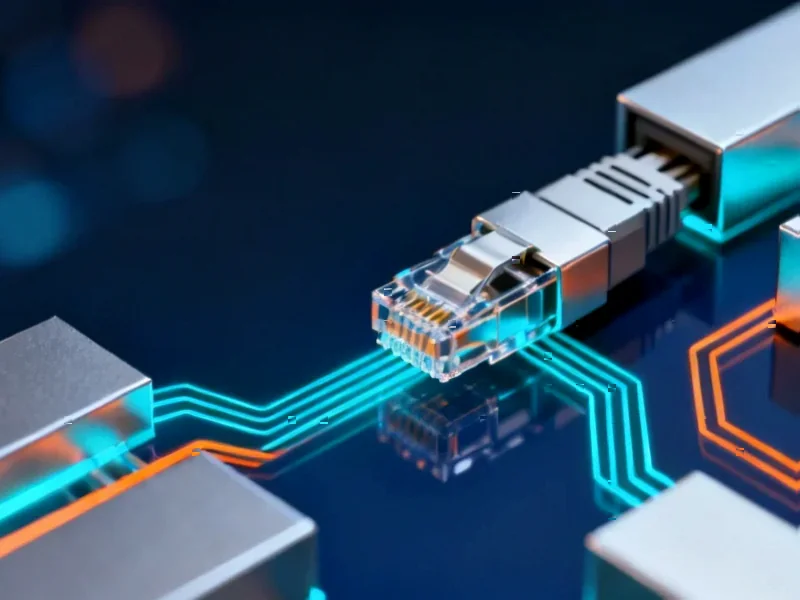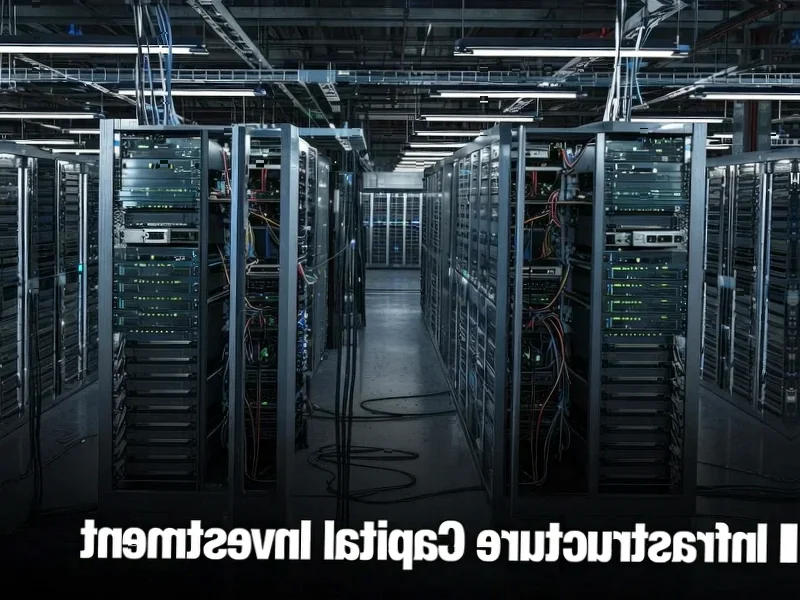According to Silicon Republic, Amazon Web Services is building a new transatlantic subsea cable called Fastnet that will directly connect County Cork, Ireland to Maryland, USA. The cable system is scheduled to become operational in 2028 with a design capacity exceeding 320 terabits per second. Amazon received approval for a three-year license starting in 2025 to conduct geophysical surveys across 16,880 square kilometers off the Cork coast. The company plans to establish community benefits funds in both Cork and Maryland to support sustainability, education, and workforce development programs. Irish Taoiseach Micheál Martin called the project a “vote of confidence in Ireland’s digital future” while Maryland Governor Wes Moore said it positions his state as a “global hub for innovation.”
Why this cable is a big deal
Look, 320 terabits per second is an absolutely massive amount of bandwidth. Basically, we’re talking about enough capacity to handle millions of simultaneous high-definition video streams or move enormous AI training datasets across the ocean in seconds. And here’s the thing – this isn’t Amazon’s first subsea cable, but it represents a strategic shift toward connecting directly to emerging tech hubs rather than just traditional landing points.
What’s really interesting is the timing. By 2028, we’ll likely be deep into whatever comes after our current AI boom. All those AI models need to be trained on data that’s often stored across continents, and they need to serve users globally with minimal latency. A direct cable between Ireland’s growing data center ecosystem and Maryland’s proximity to Washington DC and major East Coast markets makes perfect sense for that future.
The subsea cable arms race
Amazon isn’t just doing this out of generosity – there’s a massive business imperative here. The company claims its global fiber network already spans the distance from Earth to the Moon and back more than 11 times. But with Microsoft, Google, and Meta all investing billions in their own private subsea cables, Amazon can’t afford to fall behind.
Think about it – when you’re running cloud services that power everything from Netflix to nuclear research, you can’t rely on shared infrastructure. Building your own cables means you control the capacity, the security, and the reliability. And in an era where a few milliseconds of latency can make or break financial trading algorithms or real-time AI applications, having the most direct routes matters tremendously.
What about those community benefits?
The community benefits funds sound nice, right? Sustainability programs, education initiatives, workforce development. But let’s be real – these are essentially goodwill gestures to smooth over what are inevitably disruptive construction projects. Subsea cables need landing stations, and those stations need power and security and generate local opposition.
Still, it’s smart business. Amazon needs local support not just for this cable but for future expansions. By investing in community programs upfront, they’re building political capital that might come in handy when they want to expand their Irish data center presence or lay additional cables. It’s a relatively small price to pay for securing critical digital infrastructure that will generate billions in revenue.
The bigger picture for Ireland and Maryland
For Ireland, this solidifies their position as Europe’s digital gateway. They’re already home to massive data centers from all the major cloud providers, and direct transatlantic connectivity makes them even more attractive for multinational companies. Maryland, on the other hand, gets its first subsea cable connection ever – which is surprising given its proximity to major population centers.
So what does this mean long-term? We’re likely seeing the beginning of a new wave of private subsea cable construction driven by AI and cloud computing demands. The old model of consortium-owned cables shared by multiple telecom companies is being supplemented – and in some cases replaced – by tech giants building their own private digital highways. And honestly, that shift in control over global internet infrastructure is probably more significant than any single cable project.




